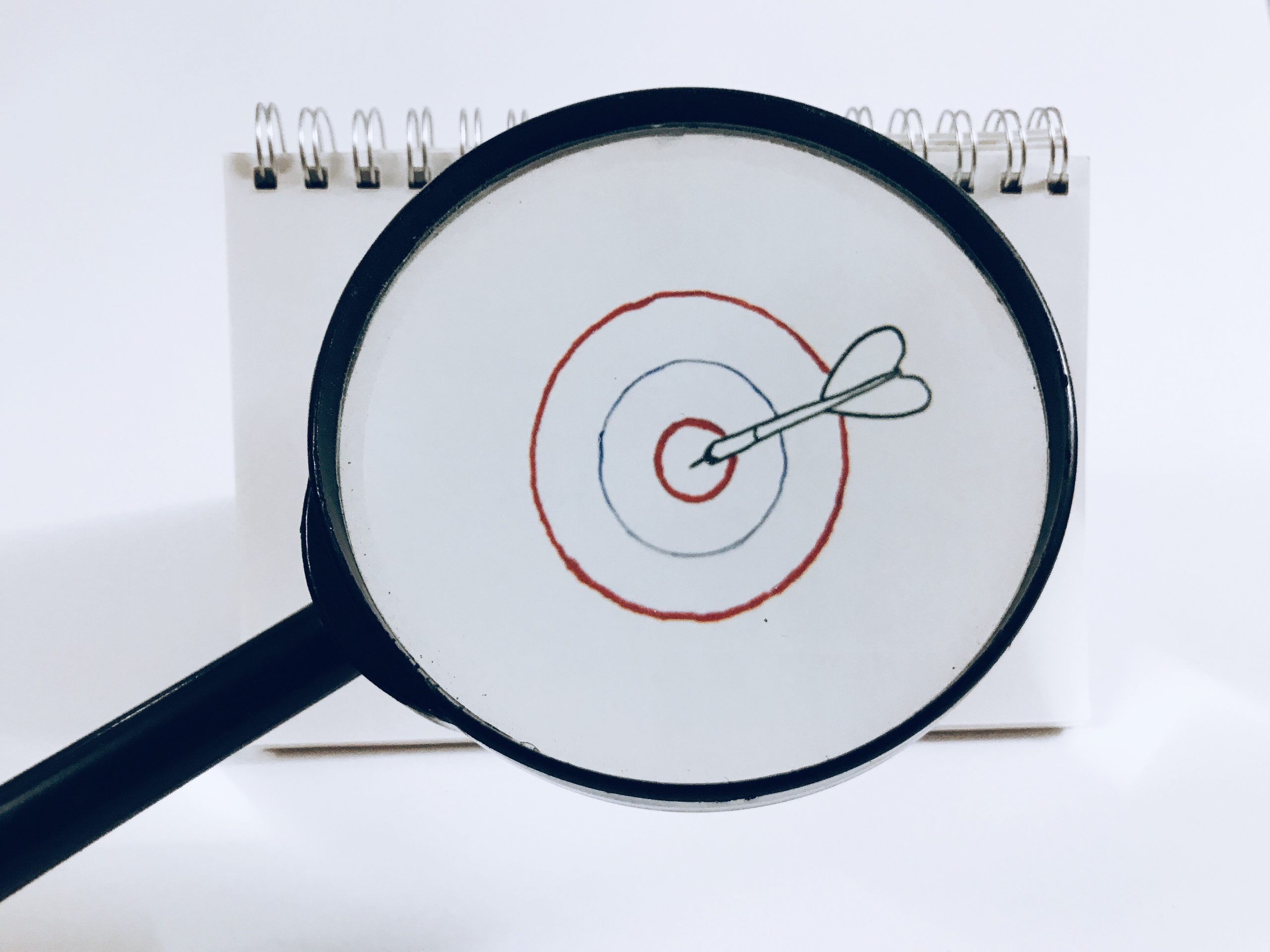One of the most crucial online marketing tips is to know your target audience and how to target them effectively. Your target audience is the group of people who are most likely to be interested in your products or services, and who have the potential to become your customers. By knowing your target audience, you can tailor your message and offer to their needs, preferences, and pain points. This will help you attract, engage, and convert them more easily.
But how do you know your target audience and how to target them? Here are some steps you can follow.
1. Define your ideal customer profile
The first step is to define your ideal customer profile (ICP), which is a description of the characteristics and attributes of your best customers. You can use criteria such as:
- Demographics: age, gender, location, income, education, etc.
- Psychographics: interests, hobbies, values, attitudes, etc.
- Behavior: online habits, purchase patterns, preferred channels, etc.
- Needs: problems, challenges, goals, desires, etc.
You can use tools like Google Analytics, Facebook Insights, or surveys to collect data on your existing customers and analyze their common traits. You can also use market research or competitor analysis to identify gaps or opportunities in the market.
2. Segment your audience into groups
The next step is to segment your audience into groups based on their similarities and differences. Segmentation allows you to create more specific and relevant messages and offers for each group. You can use criteria such as:
- Geographic: location, climate, region, etc.
- Demographic: age, gender, income, education, etc.
- Psychographic: lifestyle, personality, values, etc.
- Behavioral: usage rate, loyalty status, purchase stage, etc.
You can use tools like email marketing software or CRM systems to segment your audience based on the data you have collected. You can also use A/B testing or experiments to test different segments and see which ones perform better.
3. Create buyer personas for each segment
The final step is to create buyer personas for each segment, which are fictional representations of your ideal customers. Buyer personas help you humanize your audience and understand their motivations, pain points, and goals. You can use elements such as:
- Name: give your persona a name that reflects their segment
- Photo: use a photo that represents their demographic
- Background: include details about their personal and professional life
- Challenges: describe the problems or issues they face
- Goals: describe what they want to achieve or accomplish
- Solutions: describe how your products or services can help them solve their challenges or reach their goals
- Objections: describe the reasons or barriers that might prevent them from buying from you
- Preferred channels: describe the channels or platforms they use to find information or communicate with you
You can use tools like HubSpot’s Make My Persona or Xtensio’s User Persona Creator to create buyer personas easily. You can also use customer interviews or testimonials to add more details and insights to your personas.
Final Thoughts
Knowing and targeting your audience is one of the most important online marketing tips that you should follow. By doing so, you can create more effective and personalized marketing campaigns that resonate with your potential and existing customers. You can use the steps above to define your ideal customer profile, segment your audience into groups, and create buyer personas for each segment. This will help you improve your online marketing success and grow your business.




